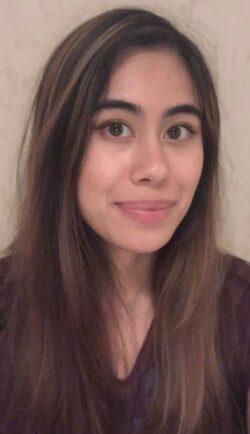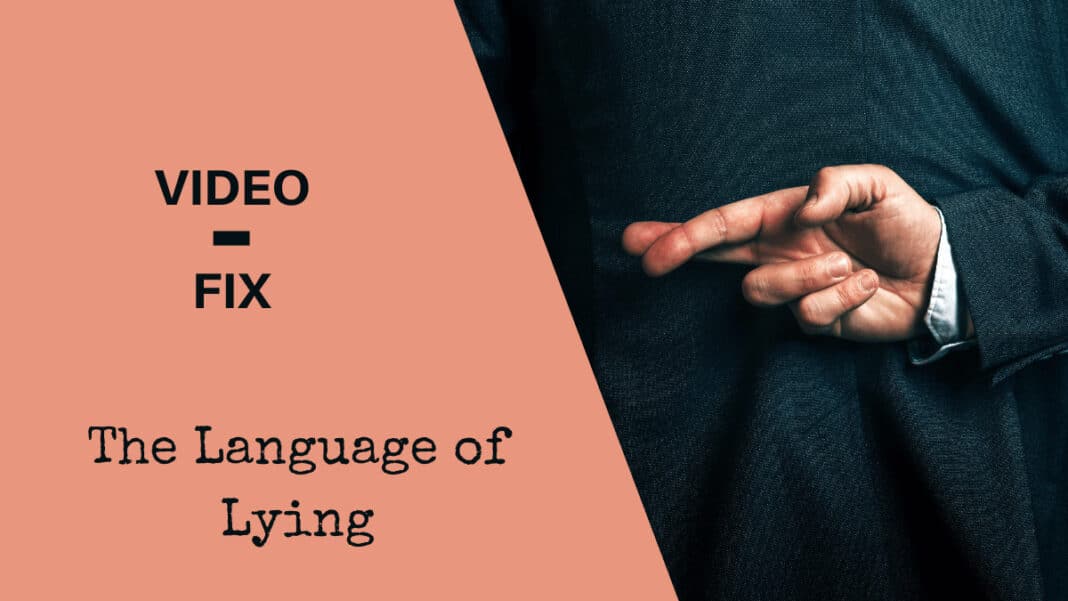Everyday, we hear as many as 200 lies. They range from little, harmless lies to big, serious lies. Of course, most of the lies we encounter on a daily basis are little ones. Who hasn’t automatically answered ‘fine’ to the question ‘how are you?’ even when everything was decidedly not fine?
Have a look at some famous lies:
“I can say categorically that… no one in the White House staff, no one in this administration, presently employed, was involved in this very bizarre incident.”
– Richard Nixon 1972, denying the Watergate scandal
“I did not have sexual relations with that woman.”
– Bill Clinton 1998, denying the Lewinsky affair
“As long as I live, I will deny it. There was absolutely no way I forced people, encouraged people, told people, helped people, facilitated. Absolutely not. One hundred percent.”
– Lance Armstrong 2010, denying doping allegations
If you had read these statements for the first time and did not know their contexts, could you have identified them as lies?
In this week’s video, Noah Zandan explains that there may be a way through which you can identify lies. He argues that there is a certain ‘language of lying’. When we lie, we unconsciously structure our sentences in specific ways. A method called Linguistic Text Analysis could therefore help us recognise lies by identifying the linguistic patterns characteristic of lies.
 Janna Mack. From Luxembourg, she has degrees in Linguistics, Education, and Translation from Glasgow University.
Janna Mack. From Luxembourg, she has degrees in Linguistics, Education, and Translation from Glasgow University.

